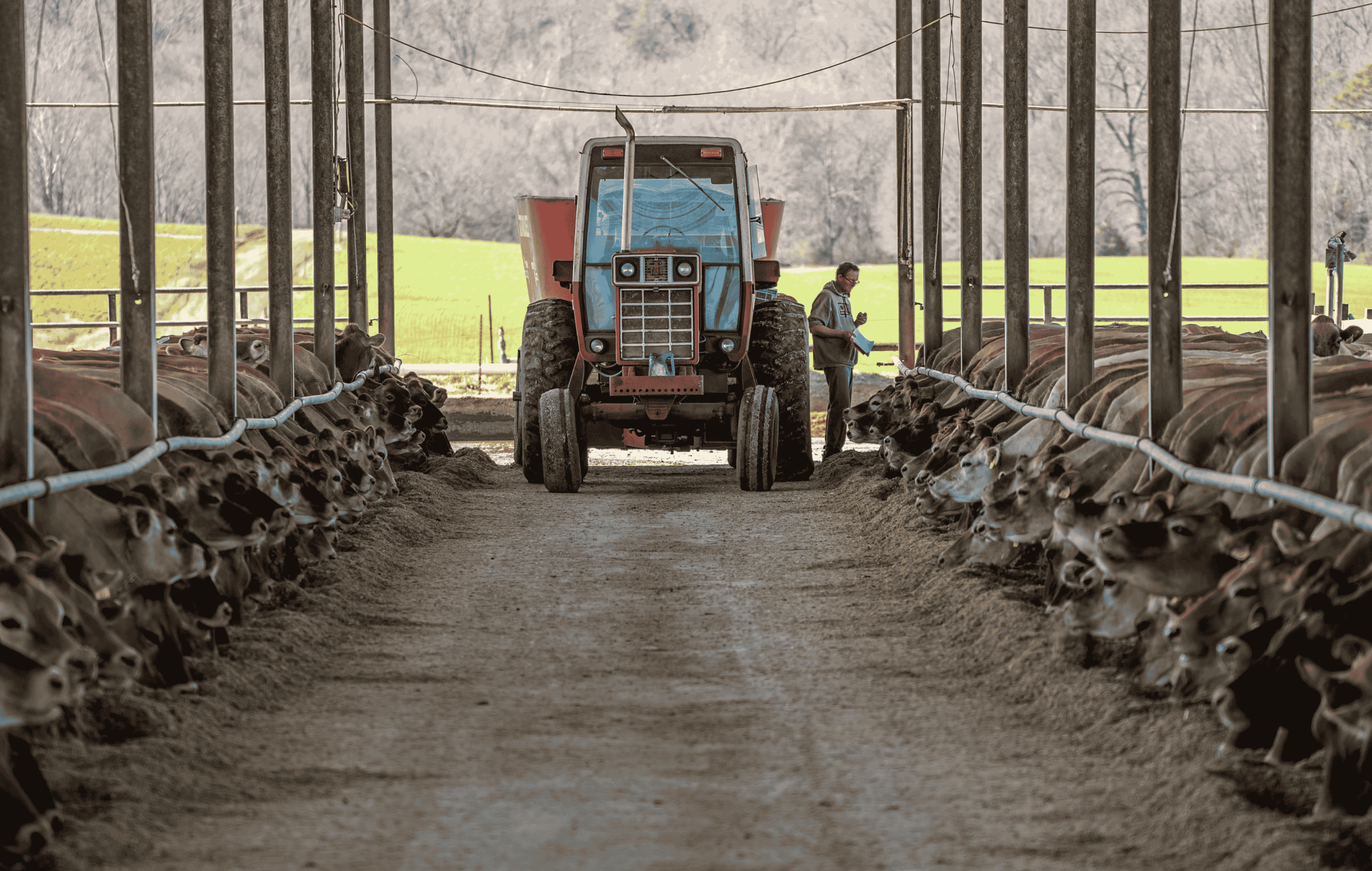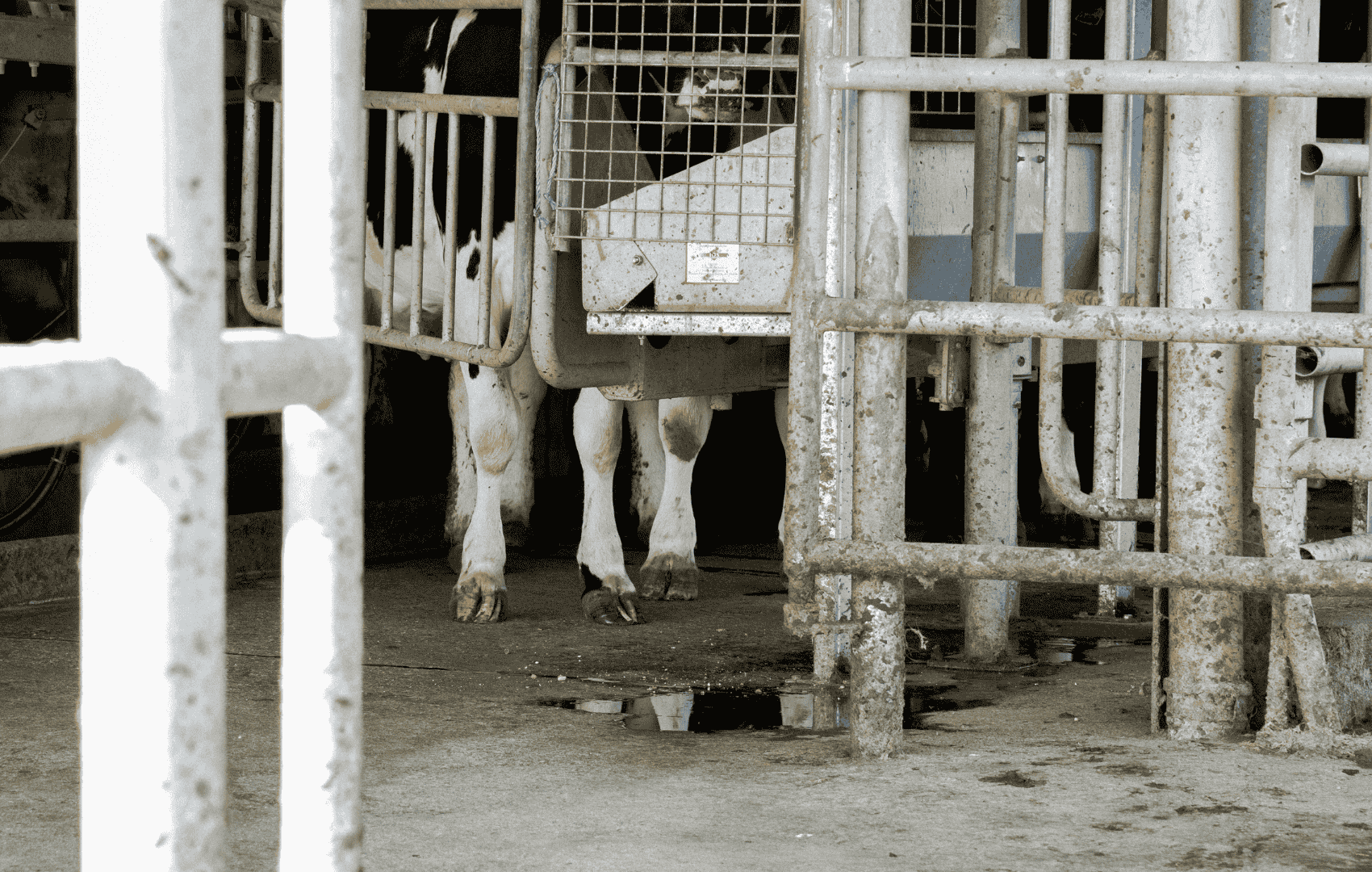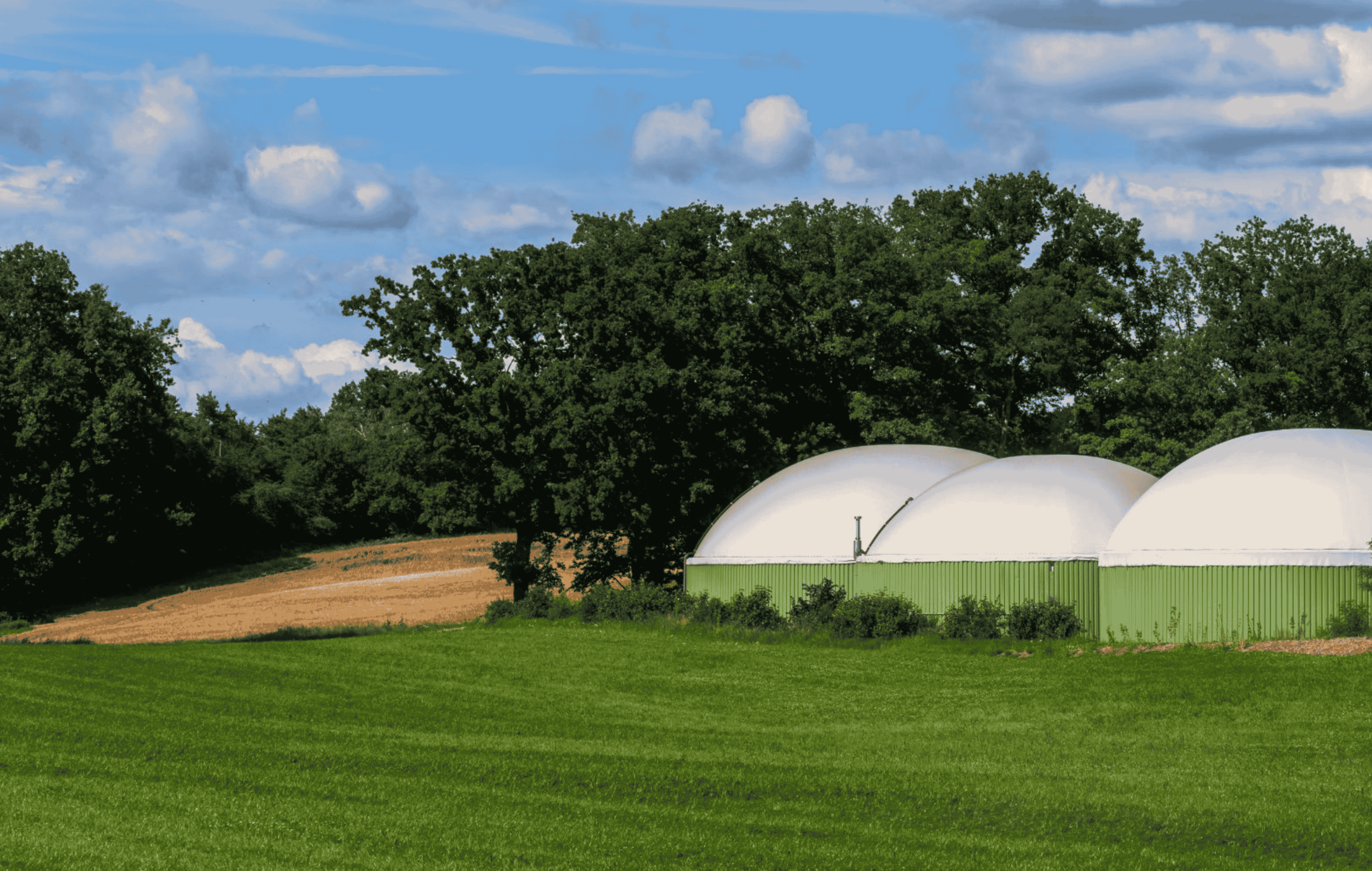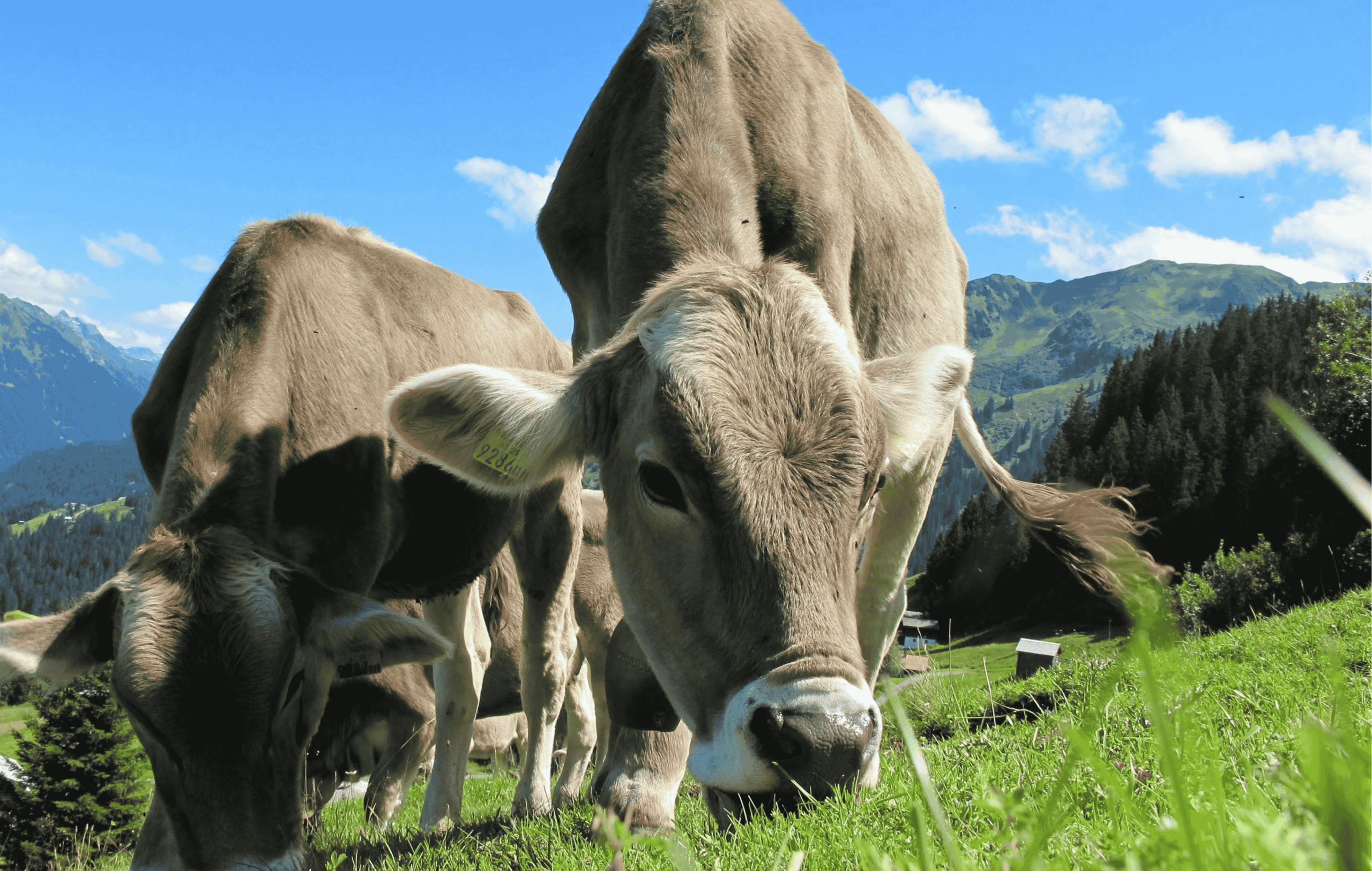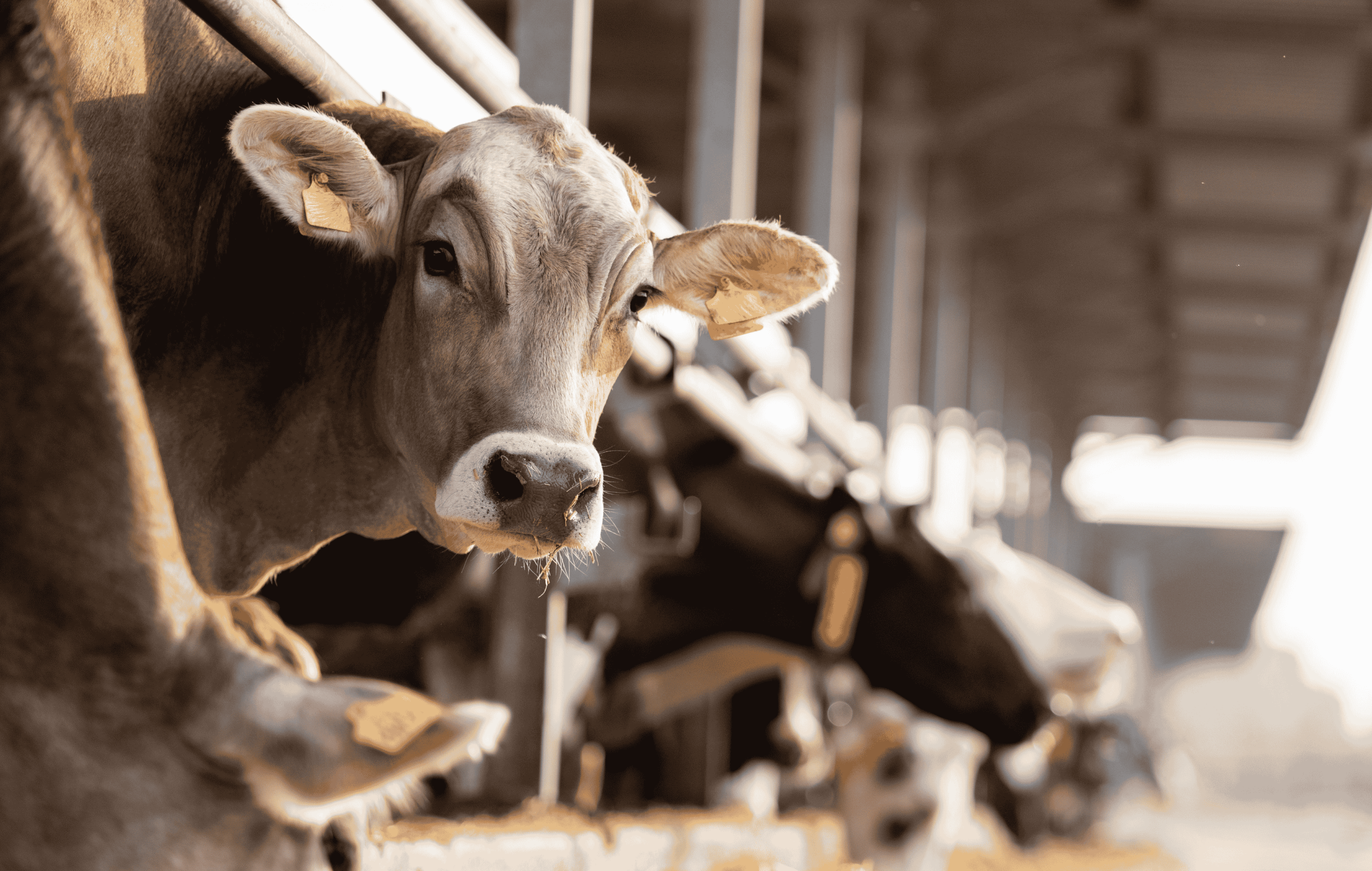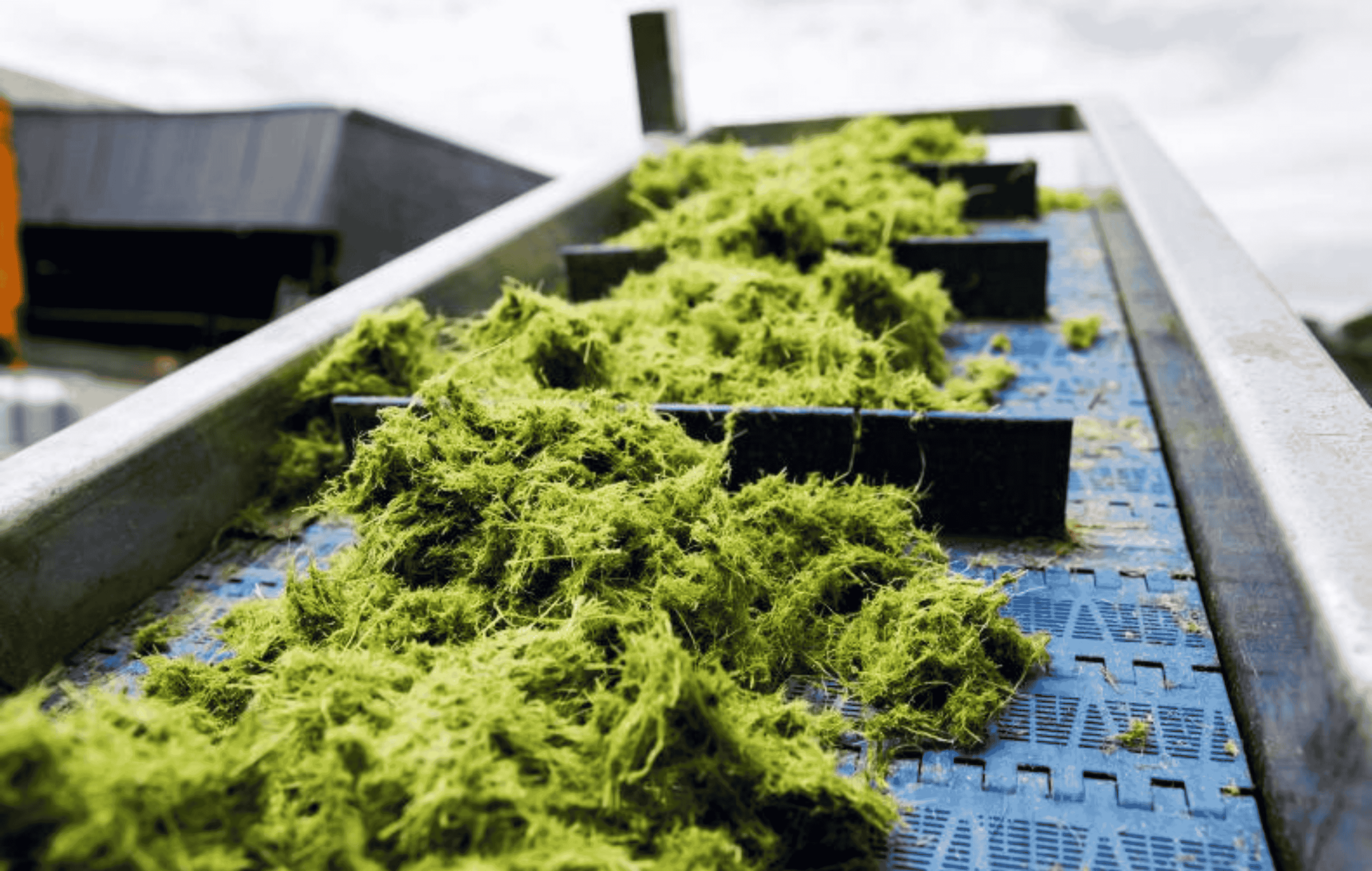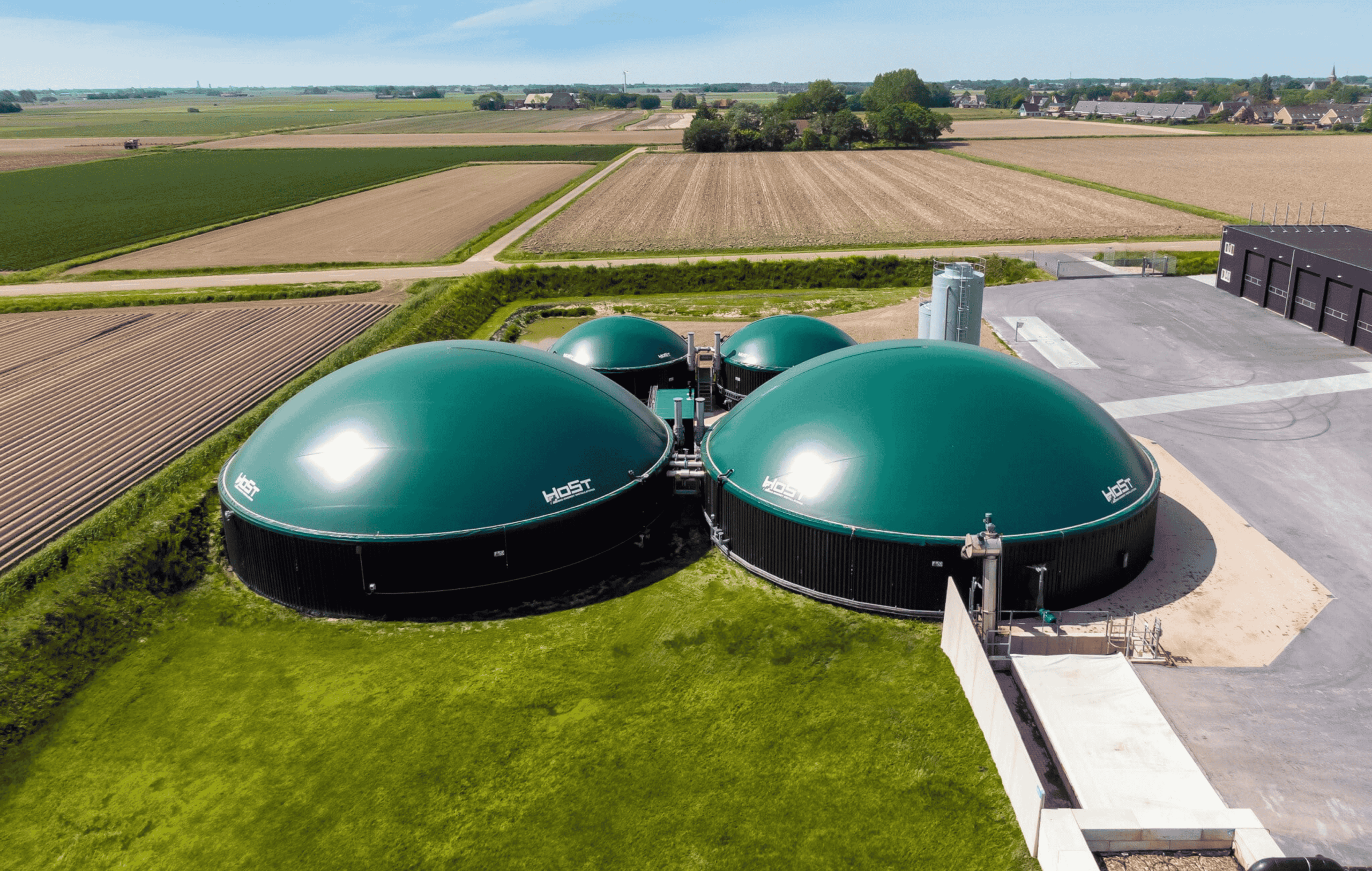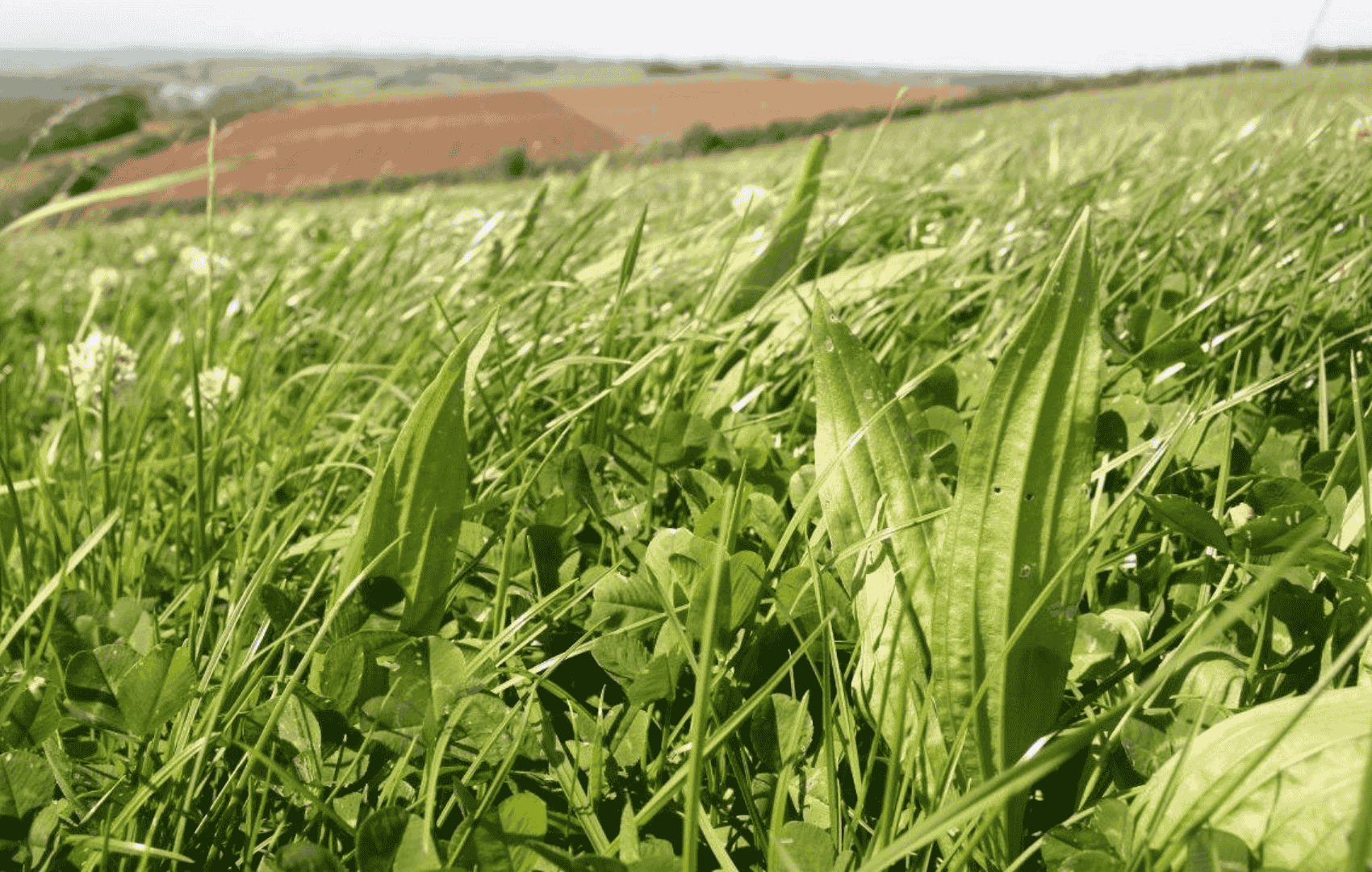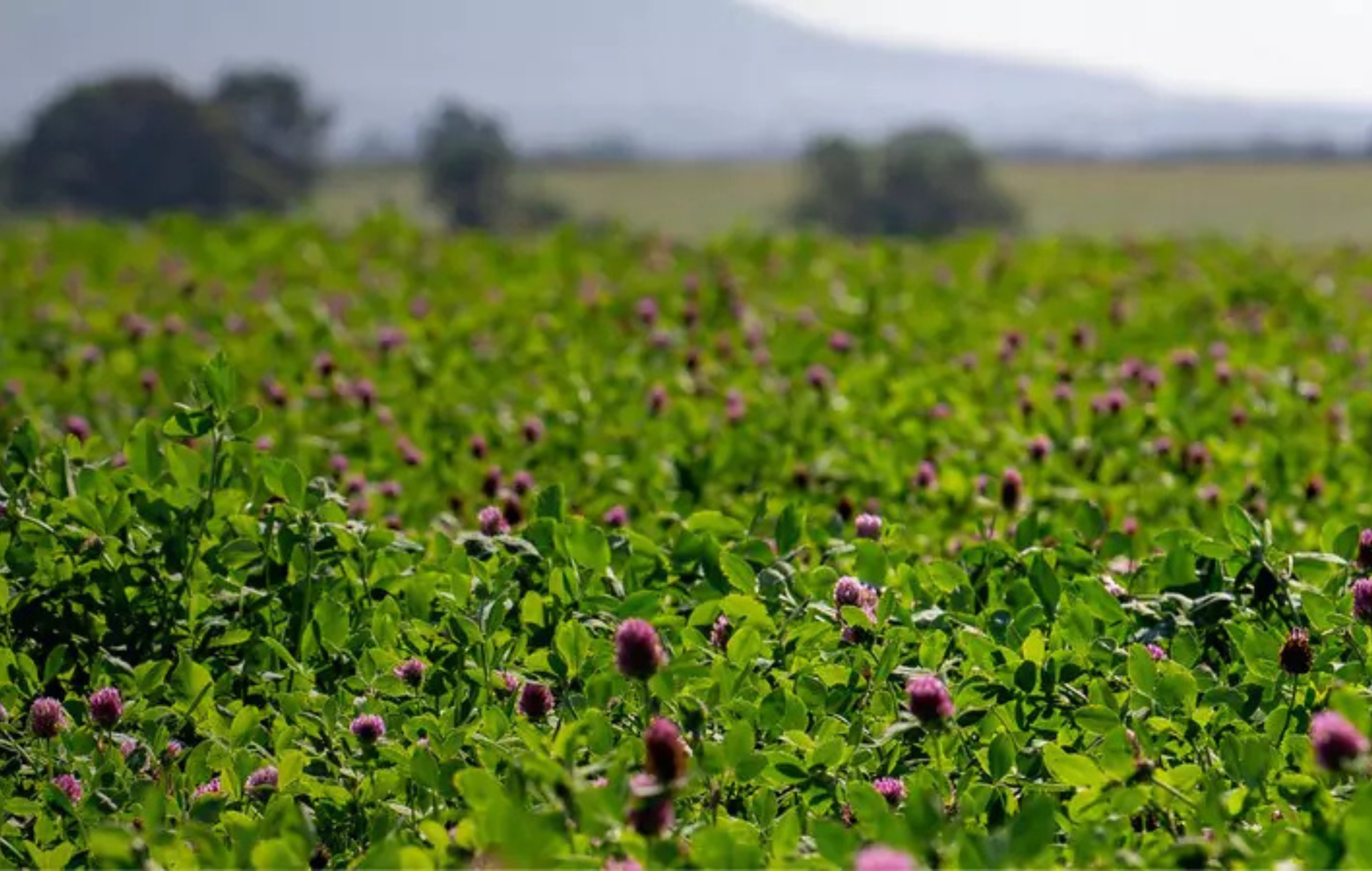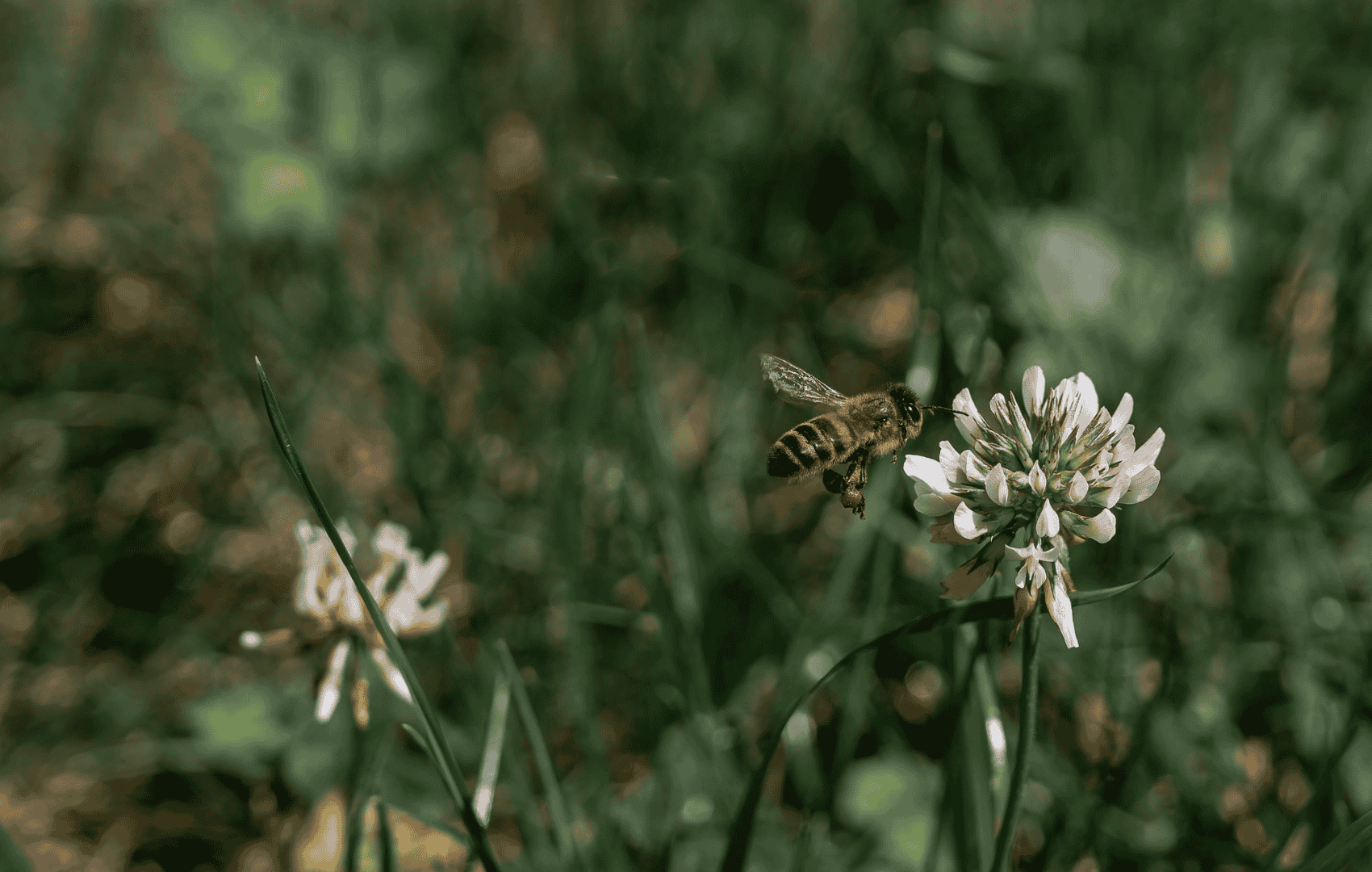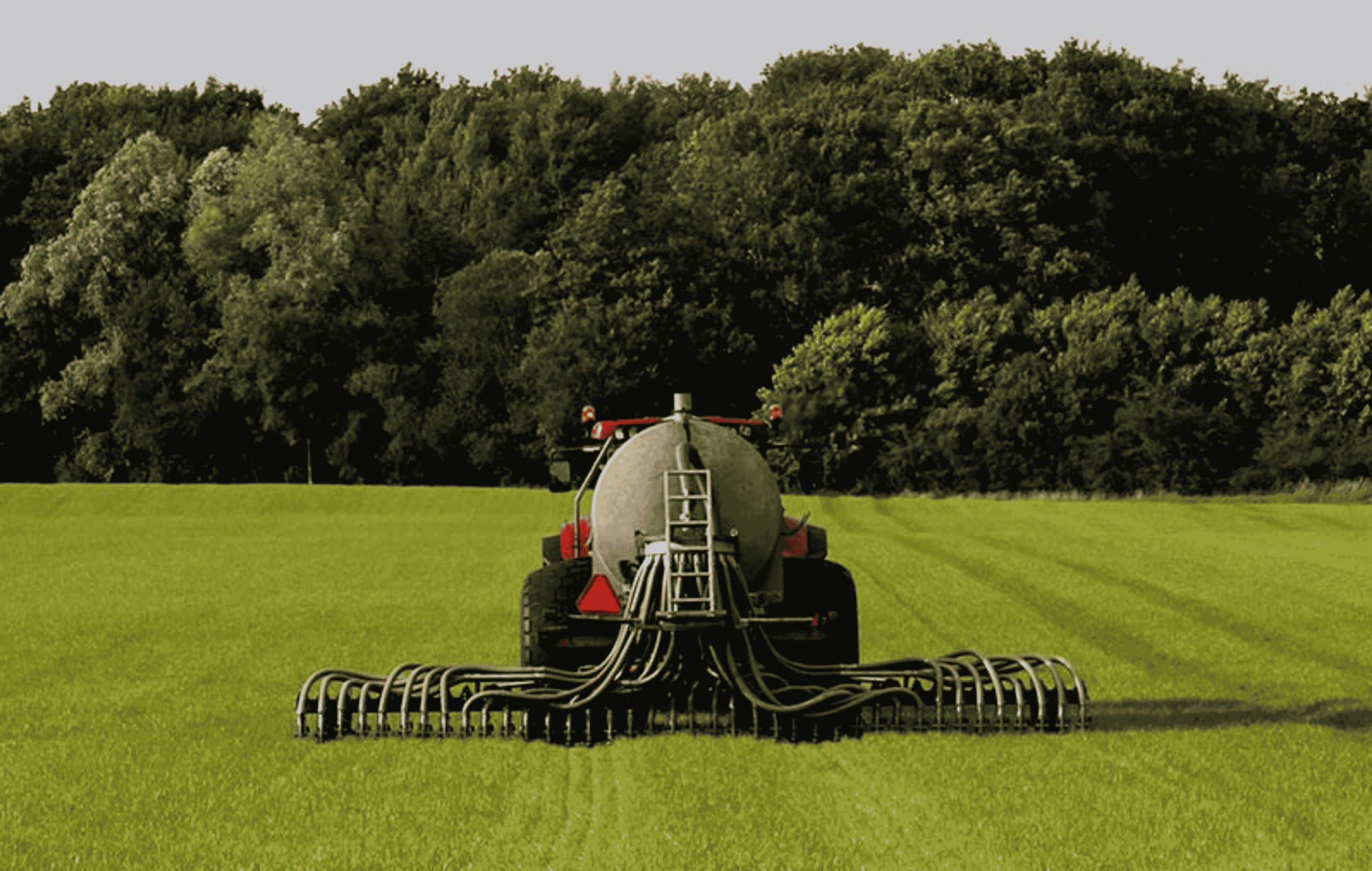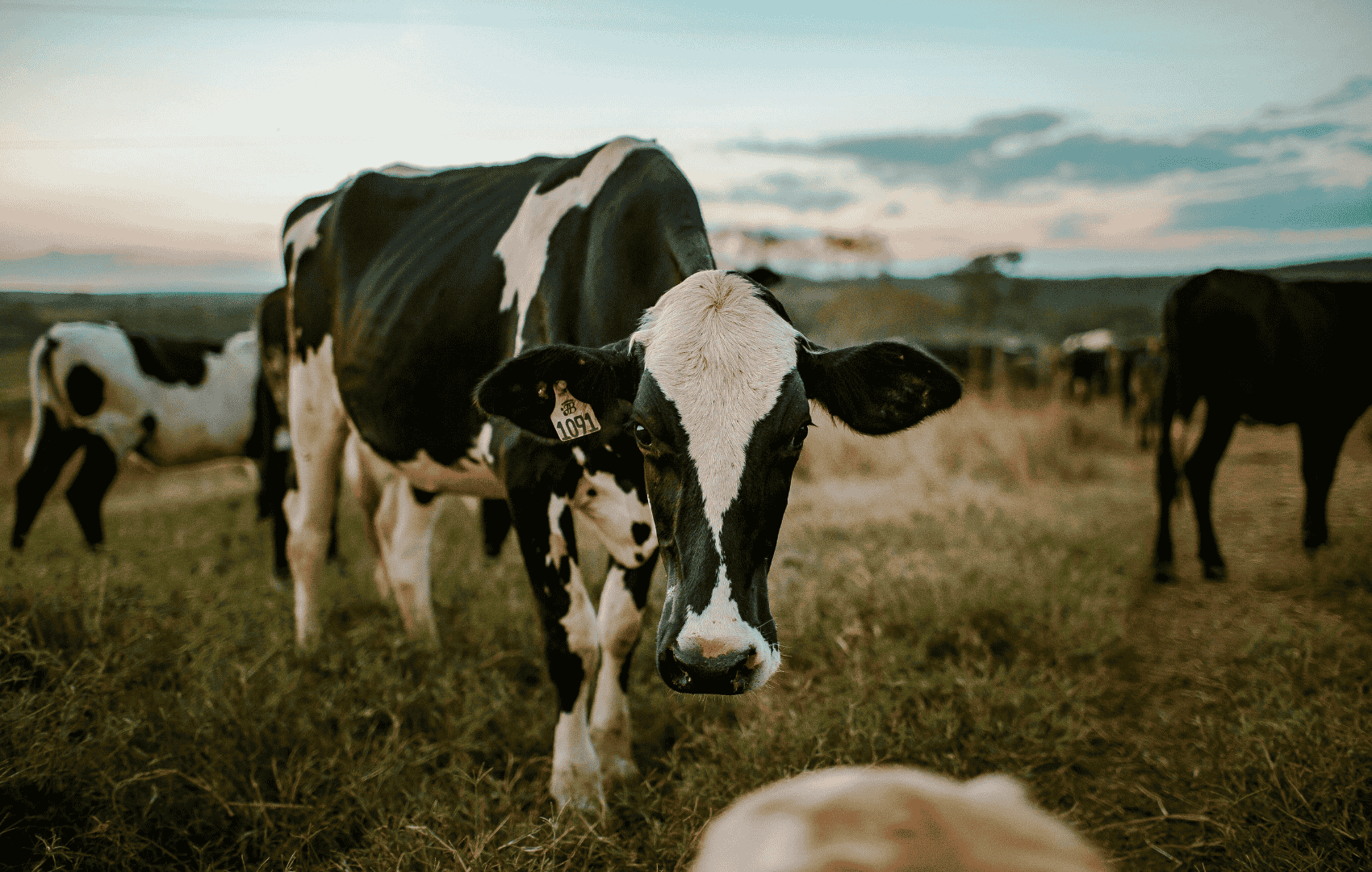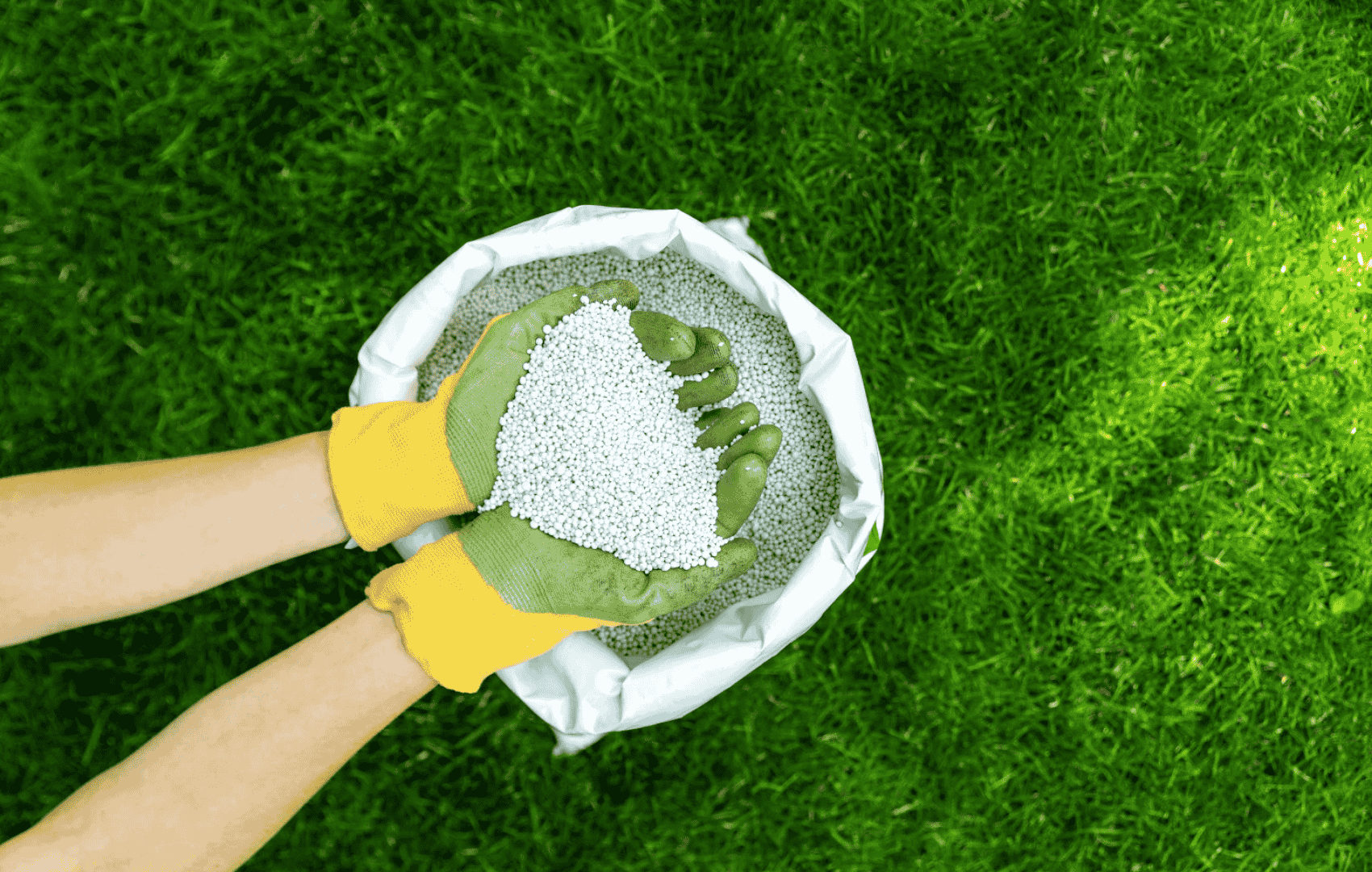Red Clover Silage
Silage crops are fertiliser-hungry and often inefficient.
Red clover cuts nitrogen needs and produces high-quality, protein-rich forage for silage.
The Climate Issue
Silage is preserved grass used to feed cows in winter when grazing isn’t possible. But producing it causes high emissions. Grass silage needs a lot of nitrogen, up to 300 kg N/ha in some systems. That fertiliser releases nitrous oxide, ammonia, and raises the risk of nutrient runoff.
Using high levels of inputs also harms soil, lowers clover levels, and gives uneven protein content. Cutting and wilting need more machinery passes, which increase fuel use and cost.
All this makes silage one of the highest-emission parts of dairy feeding.
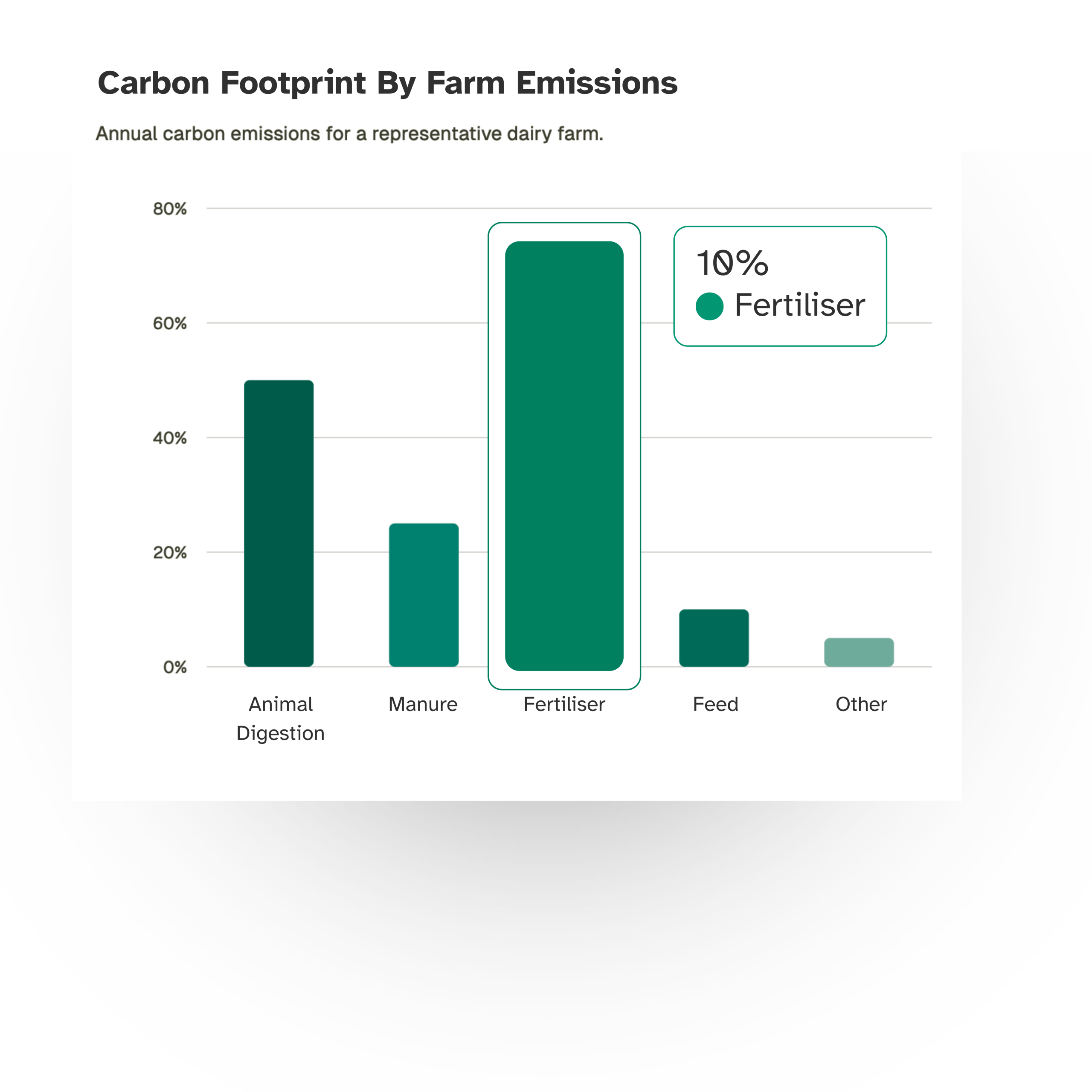
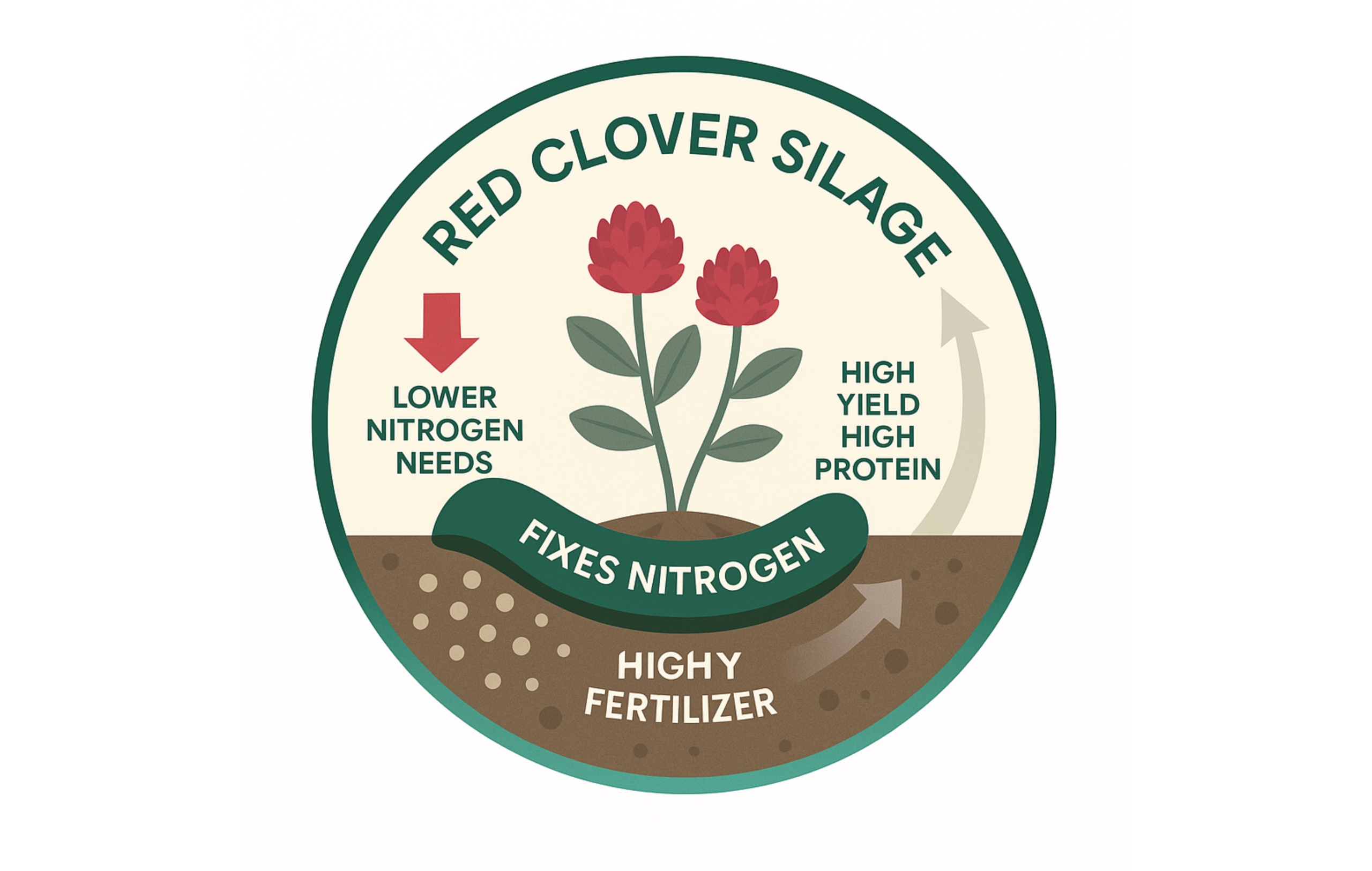
The Solution: Red Clover
Key Benefits when using Protected Urea
Cut Emissions
Red clover fixes nitrogen, reducing reliance on synthetic N. That lowers GHG emissions and ammonia loss from fertiliser spreading.
High Protein
Red clover silage delivers more dry matter and higher protein than grass-only silage, supporting milk solids during winter feeding.
Soil Health
Its deep roots boost soil structure, resist drought, and add organic matter back into the soil, making it a regenerative option for forage.
Impact of Switching to Red Clover Silage
Switching to red clover in silage systems is a proven way to cut fertiliser use, reduce greenhouse gas emissions, and improve forage quality. It’s particularly valuable for farms aiming to reduce their reliance on synthetic nitrogen while maintaining milk output during housed periods.
Teagasc trials and the Farm Zero C case study show that red clover can:
Replace up to 150–200 kg N/ha in multi-cut silage systems
Save €100–€200/ha in fertiliser costs (compared to CAN)
Cut GHG emissions by 4–8%, depending on adoption rate
Improve milk yield and solids during the winter housing period
See the table below for how red clover adoption affects emissions and fertiliser costs on a 20-hectare silage block. Initial reseeding costs must be considered.
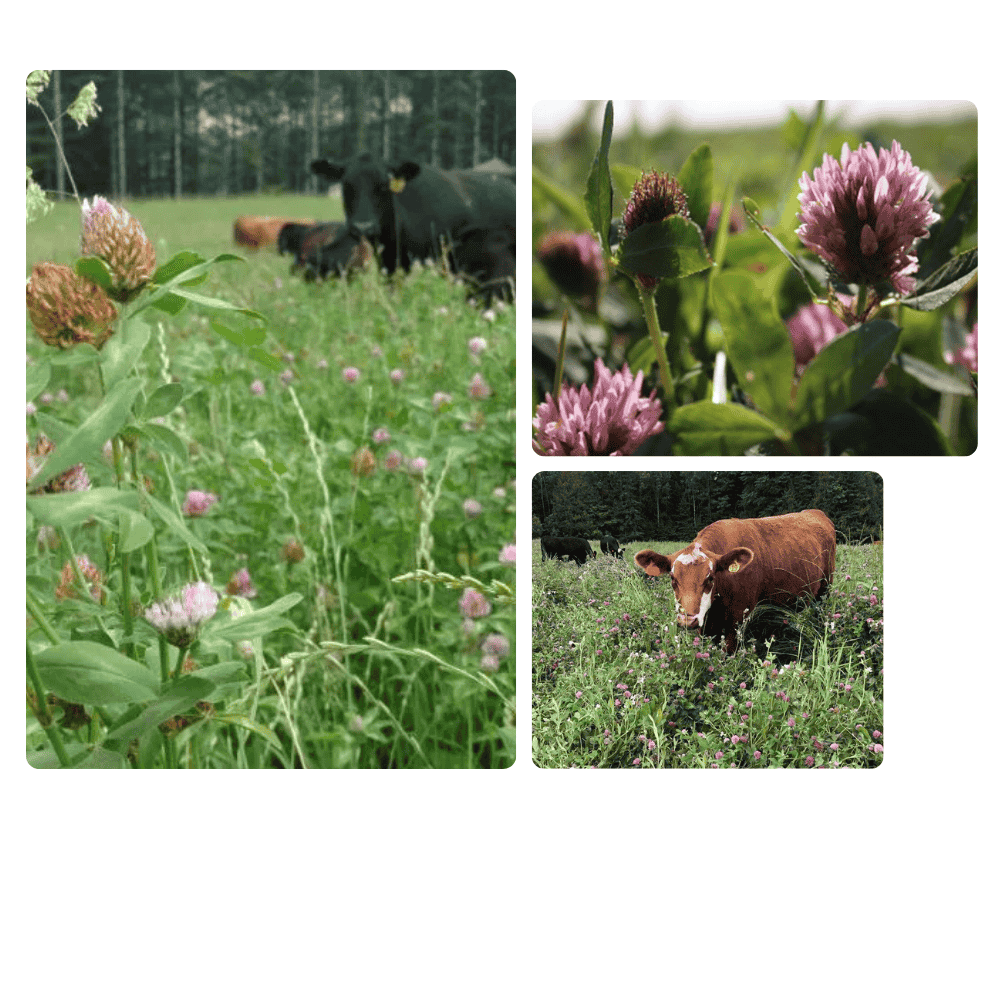
|
Scenario
|
Red Clover Area
|
Fertiliser Savings / 20 ha
|
GHG Emissions
|
% GHG Reduction
|
|---|---|---|---|---|
|
0% Silage Area |
- |
- |
0.960 kg CO₂-eq/kg milk |
0% |
|
50% Silage Area |
10 ha |
€1,000 |
0.921 kg CO₂-eq/kg milk |
4.1% |
|
100% Silage Area |
20 ha |
€2,000 |
0.881 kg CO₂-eq/kg milk |
8.2% |
Considerations
Lifespan & Rotation
Red clover is short-lived, typically 3-4 years. It suits silage rotations but should be managed to avoid overgrazing or damage in wet conditions.
Cutting Management
Red clover silage should be cut before full flowering. Delayed cutting reduces quality. Avoid cutting too low to preserve regrowth.
Bloat Risk & Inclusion Rate
When grazed (not typical), bloat can be a risk. Stick to silage-only systems or manage carefully in mixed swards.
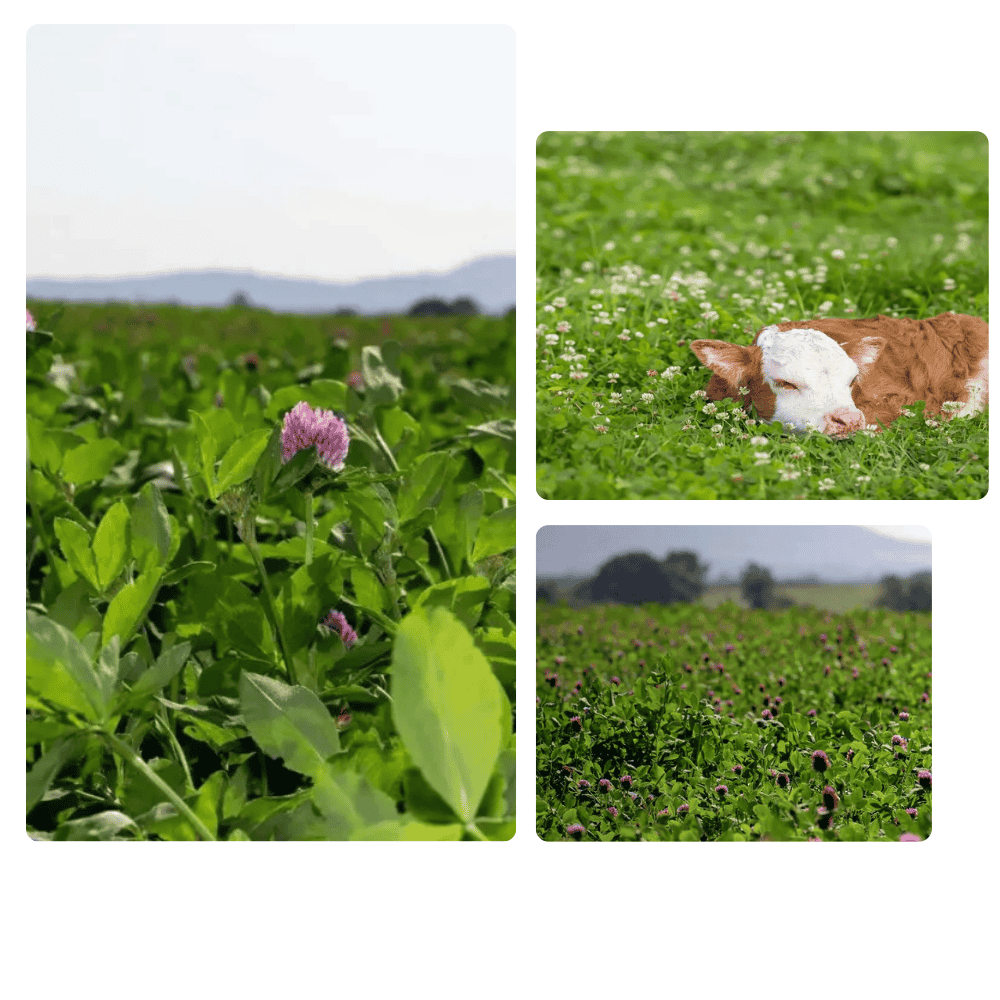
Implementation
1. Choose a suitable site. Avoid poached or heavily trafficked fields. Select paddocks due for reseeding and rotate every 3–4 years.
2. Prepare and sow. Aim for pH 6.3+, and Index 3 for P and K. Sow in spring or early autumn with a suitable grass companion (e.g. Italian ryegrass).
3. Cut correctly. Take the first cut before flowering. Leave a 6 cm stubble to protect crowns. Apply slurry after cuts, red clover needs no additional nitrogen.
Behind the Research
ODOS Tech was founded by Cian White and Alejandro Vergara, two sustainability specialists with deep expertise in agricultural climate action.
Alejandro (left), a PhD in environmental engineering from University College Dublin, helps farmers measure their carbon footprint and implement mitigation strategies to reduce their impact. Cian (right), a researcher at Trinity College Dublin with a PhD in ecology, works on restoring nature to increase biodiversity on farms using satellite imagery to monitor habitats.
Together, they helped lead the carbon and nature-based work for the Farm Zero C project at Shinagh Farm, one of Europe’s first net-zero dairy pilots. In 2020, they launched ODOS, a platform that built smart, science-based tools to help agri-food businesses protect the environment and restore nature.
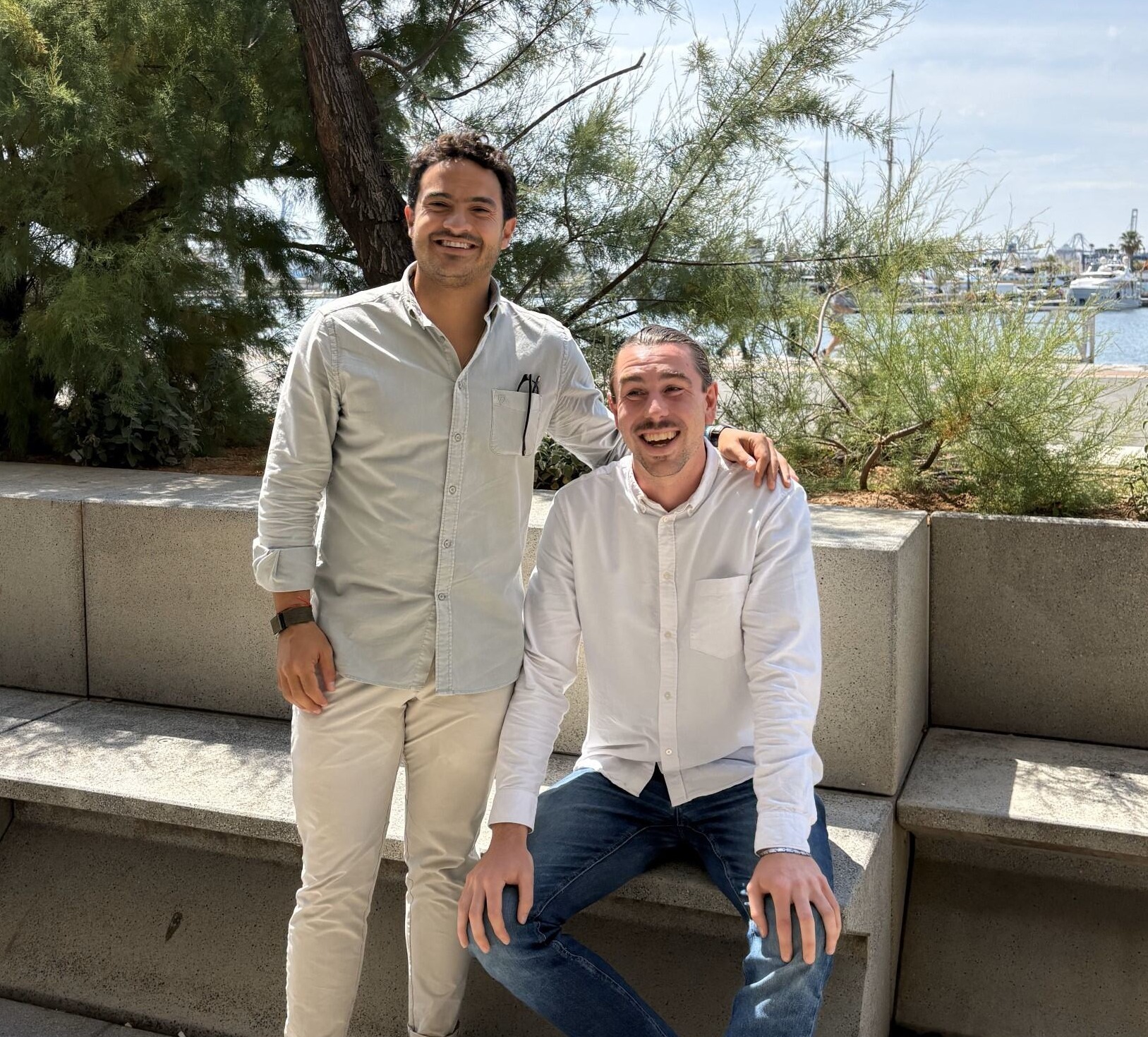
Research
Teagasc Red Clover Silage Trials
Teagasc trials show red clover yields match or exceed conventional silage, even with 70 % less synthetic N. Crude protein is 2-3 % higher than grass-only silage.
Farm Zero C Implementation
At Shinagh Farm, red clover was integrated into silage areas with strong results. Lower fertiliser use, improved forage quality, and steady milk production over winter.
Policy Support
Red clover is supported under many eco-schemes for nutrient efficiency. It aligns with EU and CAP targets for reducing fertiliser inputs while maintaining feed quality.
Discover other Strategies
Slurry Acidification
Slurry acidification reduces fertiliser demand and cuts emissions by up to 5% during storage and spreading.
Slurry Treatment
Treating slurry with hydrogen peroxide cuts emissions by up to 4% and reduce methane by up to 80% during storage.
Slurry Cover
Covering slurry stores cuts emissions by up to 5% and saves €3,600 over 50 hectares per year by reducing synthetic fertiliser use.
Extending Grazing Season
Extending the grazing season cuts emissions by up to 2.7% and boosts milk revenue by nearly €3,000 per farm.
Antimethanogenic Feed Additives
Antimethanogenic feed additives cut methane emissions by up to 28% and cost €6975 per 93 cows annually.
Grass Biorefinery
Grass biorefineries replace soy protein, save €3,000 in feed costs, and cut emissions by 8.9%.
Anaerobic Digestion
Sending slurry to anaerobic digestion can cut emissions by up to 9.4% and generate up to 400 MWh of energy per year.
Multispecies Swards
Switching to multispecies swards cuts emissions by up to 8.8% and saves €4,400 in fertiliser across 50 hectares.
Red Clover Silage
Using red clover silage cuts emissions by up to 8.2% and saves €2,000 in fertiliser across 20 hectares.
White Clover Silage
Incorporating white clover silage cuts emissions by up to 7.8% and saves €4,500 in fertiliser costs over 50 hectares.
Low Emission Slurry Spreading
Low-emission slurry spreading cuts ammonia by 60% and saves €45/h in fertiliser costs.
Genetic Selection
Genetic selection for high-EBI cows cuts emissions by up to 6.3% and boosts gains by €7,800 per 100 cows.
Protected Urea
Switching to protected urea cuts fertiliser costs and lowers emissions by up to 5.6% per kg of milk.
Ready to reduce emissions through Red Clover Silage?
Talk to our Carbon Footprint & Biodiversity experts on how we can help.

